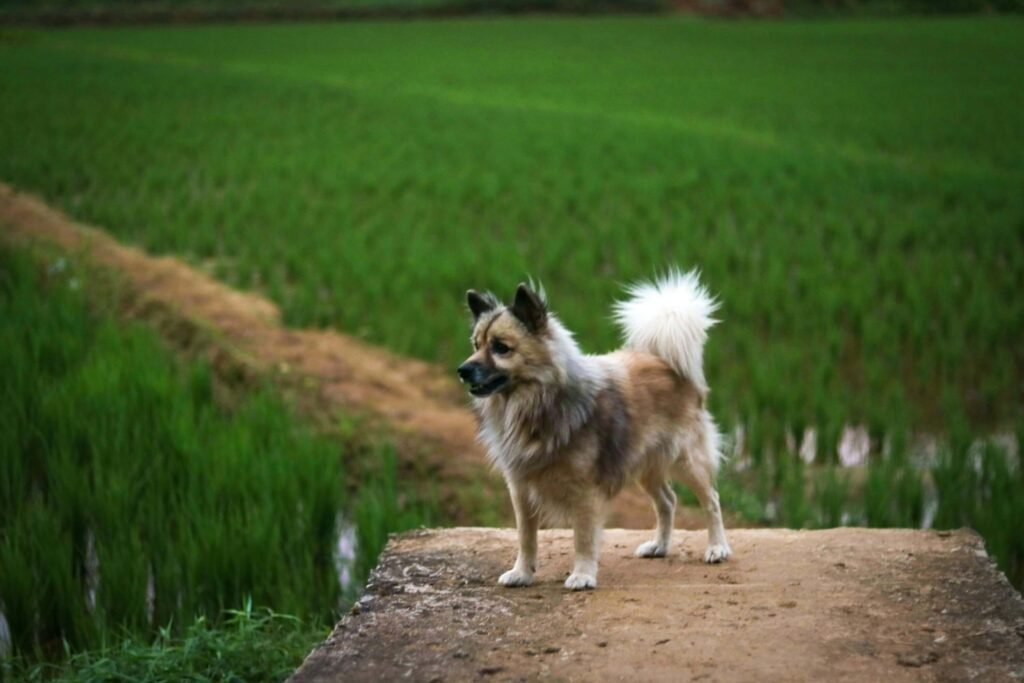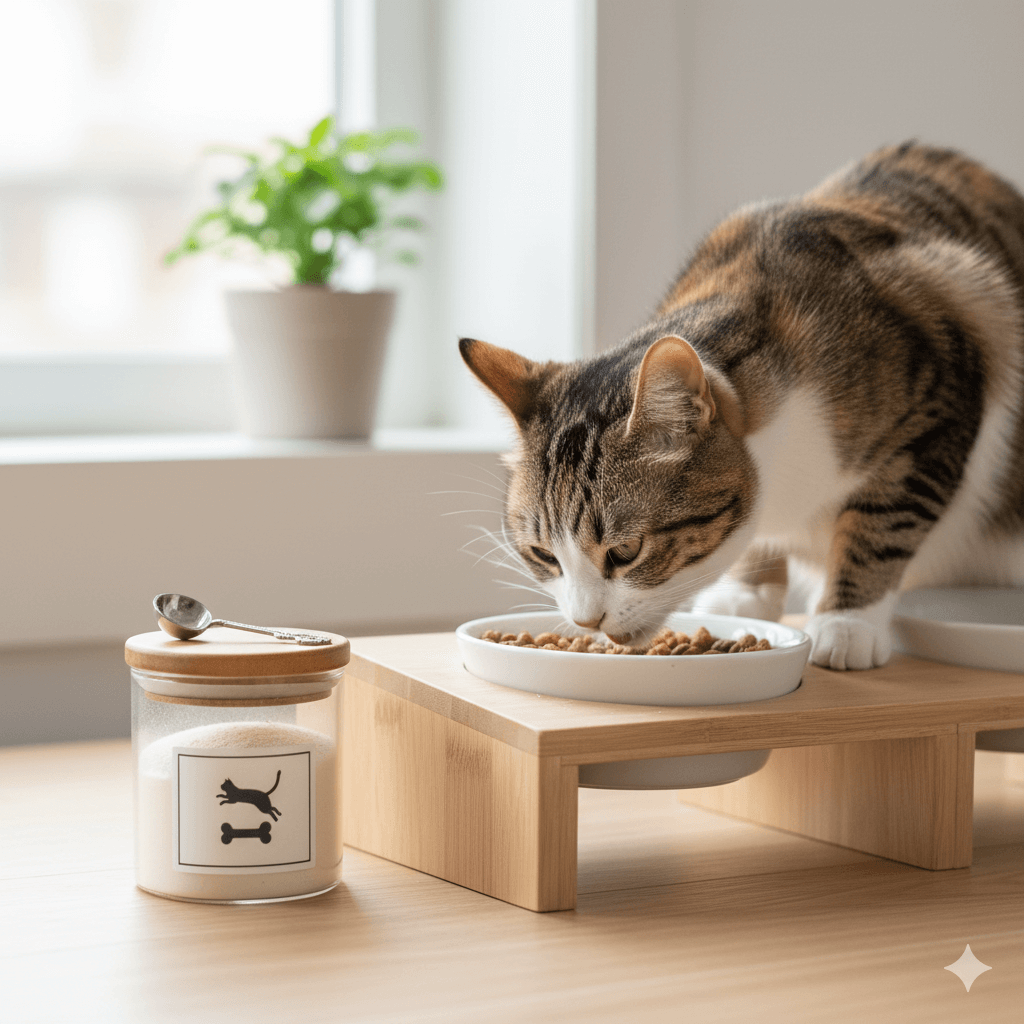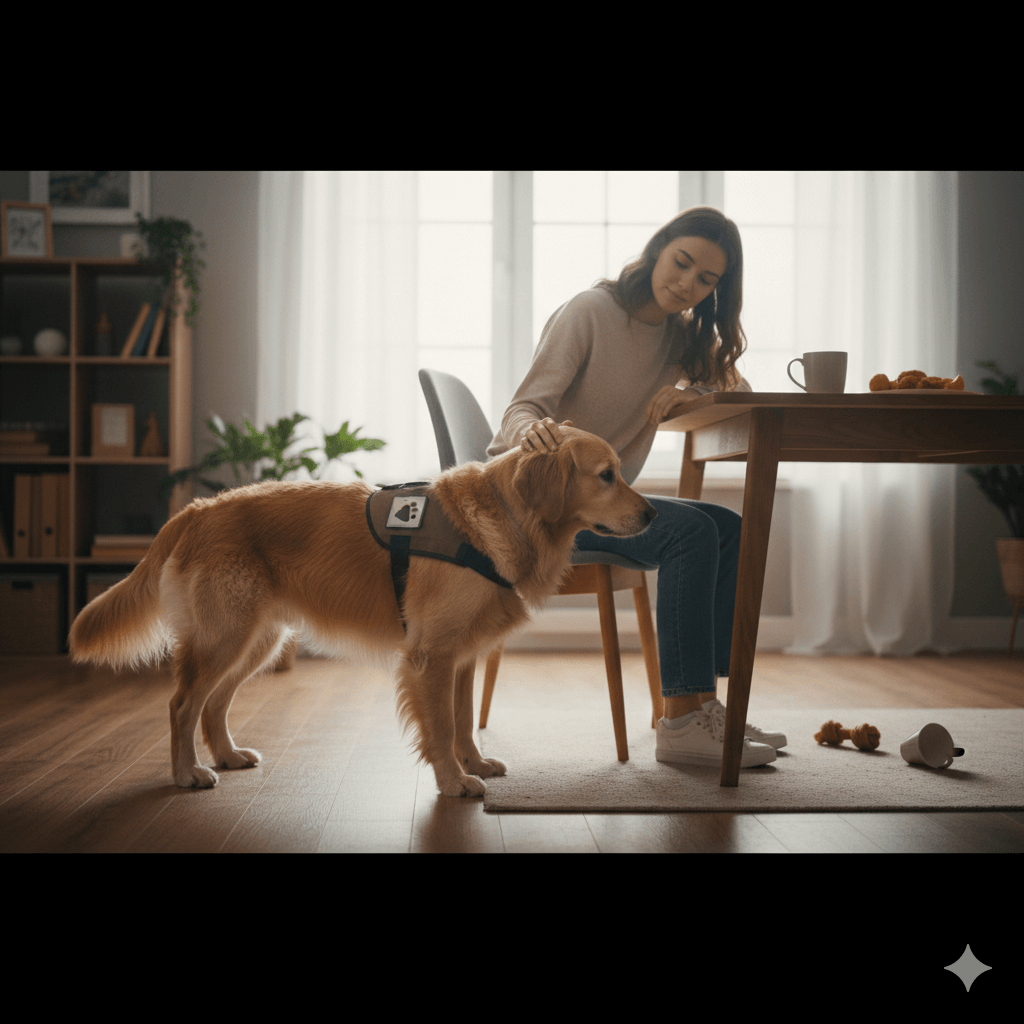Discovering the Charm of Korean Dog Breeds
South Korea, a country known for its rich cultural heritage and modern advancements, is also home to some truly remarkable dog breeds. These dogs are not only beloved companions but also carry centuries of history and tradition within their lineage. From loyal working dogs to affectionate family pets, Korean dog breeds offer a unique blend of intelligence, loyalty, and charm. Whether you’re a seasoned dog owner or simply curious about these fascinating animals, this blog post will take you on a journey to explore the captivating world of Korean dog breeds.
Meet the Stars: Popular Korean Dog Breeds
Korean dog breeds have gained recognition worldwide for their distinct characteristics and adaptability. Here’s a look at some of the most well-known breeds that originate from Korea:
Jindo Dog
Known for their unwavering loyalty and independent nature, Jindos are one of Korea’s national treasures.Sapsaree
Often referred to as the “bearded dog,” the Sapsaree is cherished for its gentle temperament and flowing coat.Korean Mastiff
This powerful breed is revered for its protective instincts and calm demeanor, making it an excellent guard dog.Korean Spitz
With its striking appearance and playful personality, the Korean Spitz is a favorite among families.Pungsan Dog
Originating from North Korea, this breed is celebrated for its strength, agility, and hunting prowess.
These breeds showcase the diversity and adaptability of dogs native to Korea, each bringing something unique to the table. Whether you’re looking for a loyal companion or a skilled working dog, there’s a Korean breed that fits the bill perfectly.
Why Choose a Korean Dog Breed?
Korean dog breeds are more than just pets; they are living embodiments of the country’s culture and values. Here’s why these breeds are worth considering if you’re thinking of adding a furry friend to your family:
Loyalty Beyond Measure
Many Korean breeds, like the Jindo, are famous for their deep bonds with their owners.Adaptability to Various Lifestyles
From urban apartments to rural farms, Korean breeds can thrive in diverse environments.Low Maintenance Grooming Needs
While some breeds, like the Sapsaree, require regular grooming, others are relatively low-maintenance.Strong Protective Instincts
Breeds like the Korean Mastiff are naturally inclined to protect their families, making them excellent guardians.Rich Cultural Heritage
Owning a Korean dog breed connects you to centuries of tradition and history.
Choosing a Korean dog breed means embracing a legacy of loyalty, resilience, and companionship. These dogs are not just pets—they are part of a story that spans generations.
Check this guide 👉 Least Aggressive Dog Breeds: Best 7 Expert Tips!
Check this guide 👉The Most Loyal and Protective Dog Breeds: Best 7 Expert Tips
Check this guide 👉The Fluffiest Dog Breeds: Best 7 Expert Tips!

Key Characteristics | Examples in Korean Breeds |
|---|---|
Loyal and Devoted | Jindo, Sapsaree |
Strong and Protective | Korean Mastiff, Pungsan Dog |
Playful and Energetic | Korean Spitz |
Low-Maintenance Grooming | Jindo, Pungsan Dog |
Cultural Significance | All Korean Breeds |
Training Tips for Korean Dog Breeds
While Korean dog breeds are intelligent and eager to please, they may require specific training approaches to bring out their best behavior. Here are some tips to help you train your Korean breed effectively:
Start Early
Begin training during puppyhood to establish good habits early on.Use Positive Reinforcement
Reward-based training works wonders with breeds like the Jindo and Sapsaree.Be Consistent
Consistency is key to helping your dog understand commands and expectations.Respect Their Independence
Breeds like the Jindo value their autonomy, so balance training with freedom.Socialize Regularly
Exposing your dog to different people, animals, and environments helps them become well-rounded companions.
With patience and dedication, you can unlock the full potential of your Korean dog breed, ensuring a harmonious relationship for years to come.
Health Considerations for Korean Dog Breeds
Like all dog breeds, Korean dogs are prone to certain health conditions that potential owners should be aware of. Understanding these risks can help you provide the best care for your furry friend:
Hip Dysplasia
Common in larger breeds like the Korean Mastiff, this condition affects joint mobility.Ear Infections
Breeds with floppy ears, such as the Sapsaree, may be more susceptible to infections.Obesity
A balanced diet and regular exercise are crucial to prevent weight-related issues.Allergies
Some Korean breeds may develop skin or food allergies, requiring careful monitoring.Longevity
Many Korean breeds, like the Jindo, are known for their relatively long lifespans when properly cared for.
By staying informed and proactive, you can ensure your Korean dog enjoys a happy, healthy life by your side.
Activities to Enjoy with Your Korean Dog Breed
Korean dog breeds are known for their versatility and adaptability, making them perfect companions for a variety of activities. Whether you’re looking for outdoor adventures or indoor bonding, these dogs can keep up with your lifestyle. Here are some fun activities you can enjoy with your Korean breed:
Hiking and Outdoor Exploration
Breeds like the Jindo and Pungsan Dog thrive in outdoor settings, making them excellent hiking partners.Agility Training
The Korean Spitz’s energetic nature makes it a great candidate for agility courses and obstacle training.Long Walks in the Park
Sapsarees and Korean Mastiffs enjoy leisurely walks, which also provide mental stimulation.Interactive Playtime
Fetch, tug-of-war, and other interactive games help strengthen your bond with your dog.Cultural Events and Meetups
Participate in local dog-friendly events to celebrate your dog’s Korean heritage with other enthusiasts.
By incorporating these activities into your routine, you’ll not only keep your dog physically fit but also nurture a deeper connection with your furry companion.
Grooming Needs for Korean Dog Breeds
Proper grooming is essential to maintain the health and appearance of your Korean dog breed. While grooming requirements vary by breed, all dogs benefit from regular care and attention. Here’s a breakdown of grooming tips for popular Korean breeds:
Brushing Frequency
The Sapsaree’s long coat requires daily brushing to prevent tangles, while the Jindo’s short coat needs less frequent care.Bath Schedule
Most Korean breeds need bathing every 4–6 weeks, but over-bathing can strip their skin of natural oils.Ear Cleaning
Breeds with floppy ears, like the Sapsaree, should have their ears checked and cleaned weekly to avoid infections.Nail Trimming
Regular nail trimming is important for all breeds to prevent discomfort and mobility issues.Dental Care
Brushing your dog’s teeth 2–3 times a week helps prevent dental diseases common in many breeds.
With consistent grooming practices, your Korean dog will not only look great but also stay healthy and comfortable year-round.
Unique Traits of Korean Dog Breeds
Each Korean dog breed has its own set of unique traits that make them stand out from other breeds around the world. These characteristics reflect their history, purpose, and cultural significance. Here’s a closer look at what makes these breeds truly special:
Natural Hunting Instincts
The Jindo and Pungsan Dog are renowned for their exceptional hunting skills and ability to work independently.Protective Nature
The Korean Mastiff’s imposing size and loyalty make it an ideal guard dog for families and properties.Gentle Temperament
The Sapsaree is often described as calm and affectionate, making it a perfect companion for households with children.Playful Energy
The Korean Spitz’s lively personality brings joy and entertainment to any home.Cultural Symbolism
Many Korean breeds are celebrated in folklore and art, symbolizing loyalty, strength, and resilience.
These unique traits highlight why Korean dog breeds are cherished not only in their homeland but also by dog lovers worldwide. By understanding their distinct qualities, you can appreciate the depth and diversity they bring to the canine world.
Frequently Asked Questions About Korean Dog Breeds
Are Korean dog breeds suitable for first-time owners?
Yes, many Korean breeds, like the Korean Spitz, are friendly and adaptable, making them great for beginners.
Do Korean dog breeds get along with children?
Absolutely! Breeds like the Sapsaree are known for their gentle and patient nature around kids.
How much exercise do Korean dog breeds need?
It varies by breed, but most Korean dogs require moderate daily exercise to stay healthy and happy.
Are Korean dog breeds hypoallergenic?
While no dog is completely hypoallergenic, some breeds, like the Jindo, produce fewer allergens compared to others.
Where can I find a reputable breeder for Korean dog breeds?
Look for breed-specific clubs or organizations that prioritize ethical breeding practices.
Embrace the Legacy of Korean Dog Breeds
In conclusion, Korean dog breeds offer a unique combination of loyalty, intelligence, and charm that sets them apart from other breeds. Whether you’re drawn to the steadfast Jindo, the majestic Korean Mastiff, or the playful Korean Spitz, these dogs bring joy and companionship to any household. By understanding their needs, respecting their heritage, and providing proper care, you can create a lifelong bond with your Korean dog. So why wait? Open your heart and home to one of these incredible breeds and experience the magic of Korea’s canine treasures firsthand.
Understanding Bone Supplement for Cats: Best 7 Expert Tips! – Safe, vet-approved guidance for strong feline bones & balanced nutrition.
Bone Supplement for Dogs: Best 7 Expert Tips! – Expert guide to calcium, collagen & bone health for every life stage.
Understanding Can Cats Get Sunburn: Best 7 Expert Tips! – Protect your feline from UV damage with vet-backed prevention strategies.
How to Train a Seizure Alert Dog: Best 7 Expert Tips! – Learn expert-backed steps to nurture natural instincts into reliable, life-saving seizure alerts.





